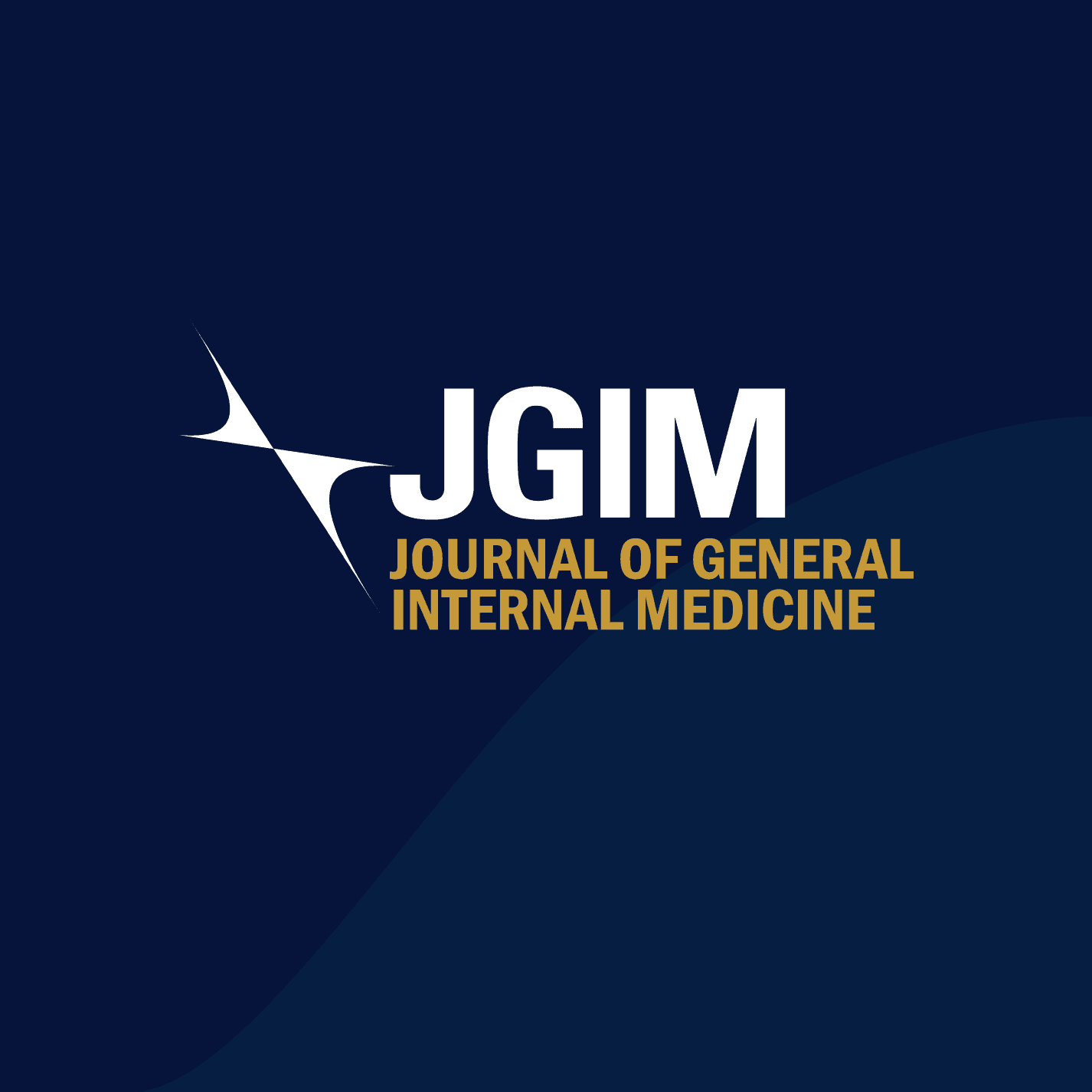Abstract
Background
Few eligible patients in the United States participate in lung cancer screening (LCS) with low-dose computed tomography (LDCT).
Objective
What is the efficacy of interventions to increase LCS participation?
Design
We performed a systematic review following a prespecified protocol registered in PROSPERO (CRD42021283984). In June/July of 2021, we searched Ovid MEDLINE, Embase, Cochrane, CENTRAL, ClinicalTrials.gov, WHO International Clinical Trials Registry Platform, and Epistemonikos from 1946 to October 2021 to identify studies evaluating interventions to increase LCS participation.
Participants
Thirteen of 2761 studies met inclusion criteria for data extraction. Of these, six had results available (five RCTs and one prospective observational study). The studies had predominantly White and non-Hispanic participants.
Main Measures
An intention-to-treat analysis was used to calculate each study’s relative risk (RR) to increase LCS. Effect sizes were pooled using a random-effects model with a subgroup analysis for multi- versus single-step interventions. Risk of bias was evaluated with the revised Cochrane risk-of-bias tool (RoB 2) and risk of bias in non-randomized studies of interventions (ROBINS-I).
Key Results
Overall, the proportion of screening LDCTs performed did not improve in the intervention group relative to the comparator group (RR [95% CI] of 1.30 [0.74, 2.29]), and meta-analysis indicated high heterogeneity of studies (I2 = 91%). Subgroup analysis suggests that interventions targeting multiple barriers may increase LCS participation (RR [95% CI] for multistep vs single-step; 2.68 [1.77, 4.05] vs 0.99 [0.89, 1.10], P < 0.01). Quality assessment revealed that three of five RCTs showed some concerns or high risk of bias.
Conclusion
Evidence on efficacy of interventions to increase LCS participation is limited due to a small number of prospective studies performed in non-diverse populations with critical risk of bias. Further, overall, studied interventions did not improve lung cancer screening participation, though interventions targeting multiple barriers may have some benefit.
Topic
JGIM, Research
Author Descriptions
Northwell Health, 2000 Marcus Ave., Suite 300, New Hyde Park, NY, 11042-1069, USA
Shina Satoh MD, Manav Shah BS, Mitchell Sungelo MD, Alex Makhnevich MD, Brett Bade MD, Elizabeth Cohn PhD, Suhail Raoof MD, Jesse Chusid MD, Martin Lesser PhD, Karina Davidson PhD & Stuart L. Cohen MD, MPH
Institute of Health System Science, Feinstein Institutes for Medical Research, Manhasset, NY, USA
Alex Makhnevich MD, Brett Bade MD, Elizabeth Cohn PhD, Martin Lesser PhD, Karina Davidson PhD & Stuart L. Cohen MD, MPH
Department of Radiology, Staten Island University Hospital, Northwell Health, Staten Island, NY, USA
Shina Satoh MD & Mitchell Sungelo MD
Donald and Barbara Zucker School of Medicine at Hofstra/Northwell, Hempstead, NY, USA
Shina Satoh MD, Manav Shah BS, Mitchell Sungelo MD, Alex Makhnevich MD, Brett Bade MD, Suhail Raoof MD, Jesse Chusid MD, Karina Davidson PhD & Stuart L. Cohen MD, MPH
The University of Sheffield, Sheffield, UK
Louise Falzon BA
Medical University of South Carolina, Charleston, SC, USA
Gerard A. Silvestri MD
Share
Related Articles
Volunteer Peer Support for Chronic Pain Self-Management: A Qualitative Study of Benefits and Barriers
Abstract Background Pain self-management is a key ingredient in chronic pain management.…
Effectiveness of the SHARE Approach for Improving Clinician Shared Decision Making Skills: A Trial in 12 Practices Located in Colorado, USA
Abstract Background The SHARE Approach Model and training curriculum was developed by…


